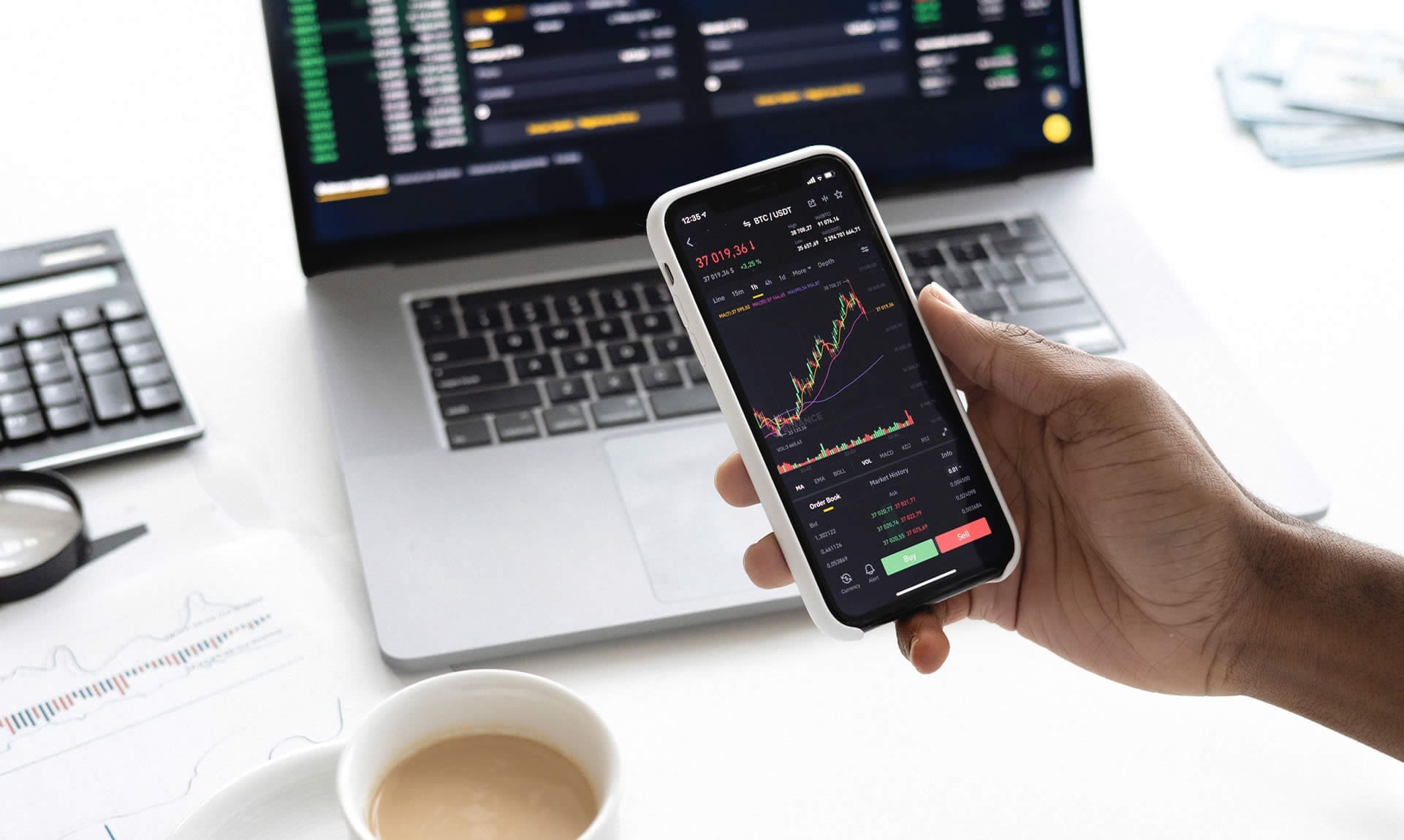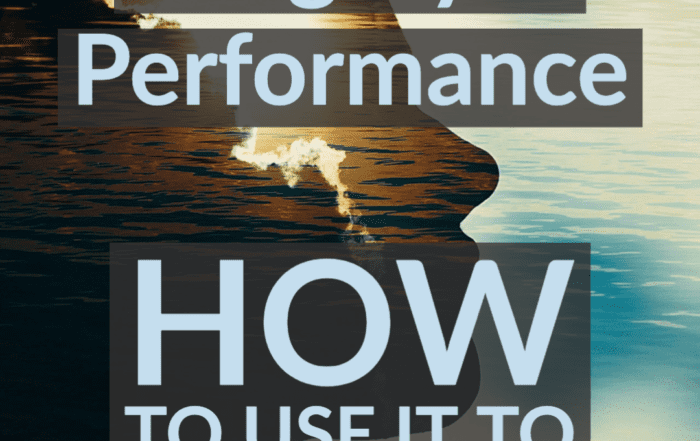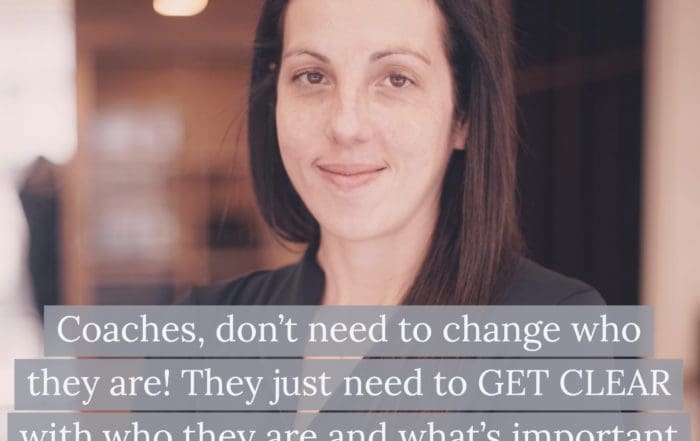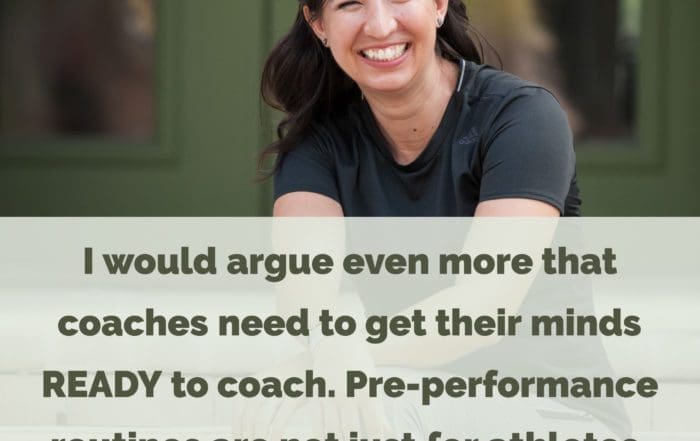So, if we’re talking about minimizing distractions, we have to talk about practice. Imagine you’re the top golfer in the world, what does practice look like to you?
Are you moseying around, eating a donut, scrolling through Instagram, and chatting with your friends about his previous night?
Of Course Not, You’re Focused.

You’re out on the course with your coach or caddy, going through your swing or talking about the weather. You’re examining the greens and hitting each shot, undistracted.
No phone or no outside chitchat. Only the essentials.
This is how you get done what Cal Newport likes to call “Deep Work”. He’s a professor at Georgetown in Computer Science and wrote the book call “Deep Work”. The book is all about minimizing distractions and reducing your time spent multitasking so you can give your best effort.
How distracted are you?
You see, the average worker is interrupted every 11 minutes, during any specific task. Guess how long it takes to get back on track after they are distracted?
25 minutes! It would take them, on average, 25 minutes to return to the original task they were working on after being interrupted. Gloria Mark, Professor at the University of California, Irvine, acquired these interesting statistics after hundreds of hours of observation.
So, not only does it take you a long time to get back on track, but the distraction most likely knocked you out of flow, or “the zone”, and by switching tasks, you carry over the thoughts from the last task into your new one. Cal Newport likes to call this “attention residue”. Although you may think you’re focused on this new task, your mind is still working in the background on that old task. This might be good when it comes to trying to crack a hard math problem or any other complex question you might be trying to grip, but it’s not good when you’re trying to get your deep work in and your brain is still online shopping or thinking about your friends cool Instagram picture in the background.
The key is to pay attention and be aware of these distractions. Sometimes, the biggest distractions are the clutter and disorder in our work environment. If we have too many things going on, we won’t be able to do the deep work necessary for optimal performance.
Minimizing Distractions: The Bi-Annual Clean-out
One way to remove the clutter, is to plan to remove it. Semco, a billion-dollar company in South America, does a clean-out twice a year. The whole company participates in this bi-annual clean-out. It keeps the company fresh and rids them of old distractions. For one day, twice a year, they shut down and throw out all of their old documents and machinery. So, if you haven’t done a clean-out in a while, maybe it’s time. Purge yourself of old materials, disorder, and distractions that you don’t need.
Over in Japan, the baseball players take the beauty of their equipment incredibly serious. They care for it by cleaning their uniforms, gloves, bats, and cleats after every game. They believe that if they take care of their gear, their gear will take care of them. No disorder with their equipment means they can focus on more important tasks, like their upcoming game. How does your equipment look? Is your gear sometimes a distraction to you?
Less Decisions, Less Distractions
Steve Jobs, Marc Zuckerberg, and Barack Obama also took place in a clean-out. This one clean-out led to an easier life. It took place in their closets. What they did and do, is they always wear the same clothes. So, they took out the decision making of putting on outfits in the morning so that they could focus on the more important tasks, like running billion dollar companies and the most powerful nation in the world.
When it comes to sports, we can find ourselves gathering more and more stuff over the years. More shirts, more shoes, more equipment, and we find ourselves over burdened by it all. Due to a clean-out, you get back to the basics, you reorganize, and cut out that extra distractions. Therefore, you get down to the bare essentials that got you to where you are in the first place.
My Phone = My Kryptonite

Personally, my phone is my biggest distraction. I became keenly aware of this during college when I would try to do homework or work on a project. I would try to focus, but I kept receiving texts and calls. As a result, I would be thrown out of my rhythm, and ultimately staring at the computer screen wondering what my last thought was. I’d probably (I can’t remember exactly, but according to science) do this for about 25 minutes (on average).
What I started to do was either turn my phone off or put it on airplane mode. That way I can’t go on Instagram or Facebook, I can’t receive texts or calls, and I can’t make texts or calls. Basically, I know my phone is my biggest distraction and that knocks me out of my flow state during my deep work sessions. So, this is a deliberate move I make to help me refocus and intensify my engagement on the task in front of me.
I not only doing this during my homework, but I noticed that if I turn off my phone and my music when I’m mountain biking, trail running, or working out, I am able to focus so much better. Being undistracted helps me flip into the zone and provides me with unforgettable experiences.
Other methods to help subdue distraction is to use a focus journal or time blocking. We will talk about these in future articles.
Achieve Greatness by Minimizing Distractions
So, If you want to be like that top golfer you saw in your mind and be the best at what you do, you need to work on minimizing distractions. Longer sessions of distraction-free work is deep work, and that’s what is going to help you excel.
What’s your biggest distraction? Are you even aware of how much you’re being distracted?
Keep a notebook, ask your friends, or even better, shoot us an email. We are here to help you become the best you’ve ever been.






